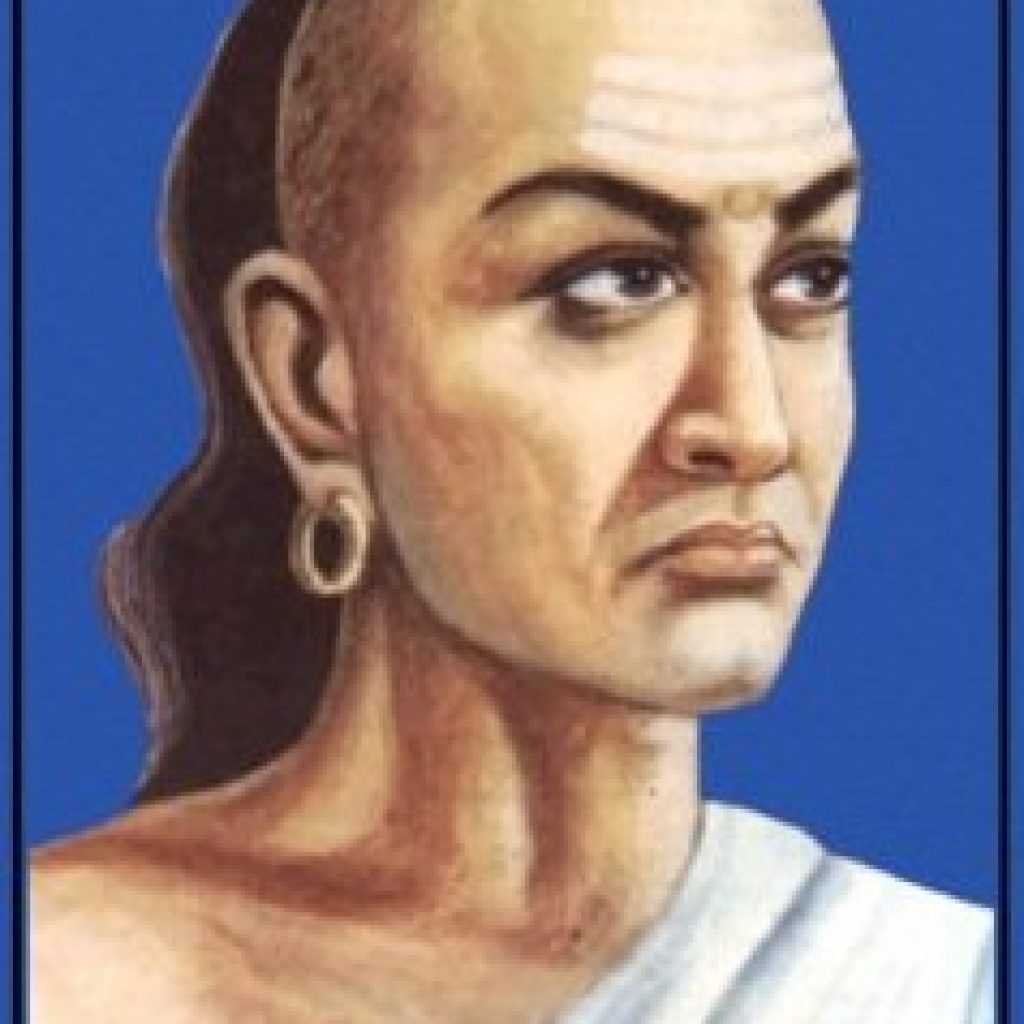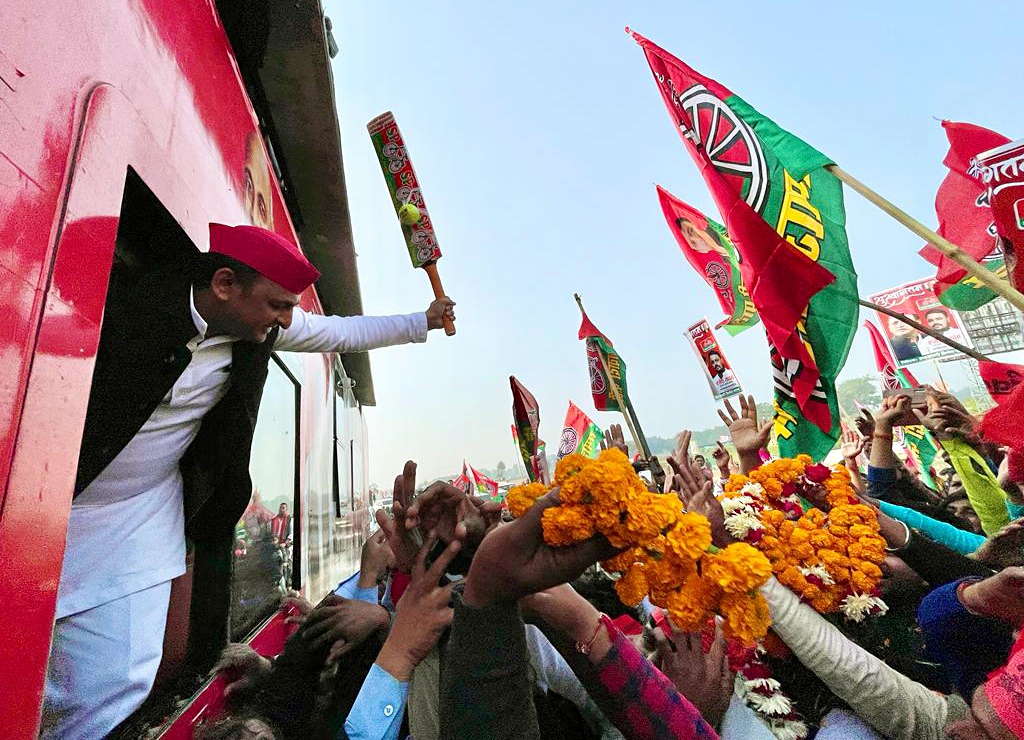From the spiritualism of Sankhya to the materialism of Lokayat, philosophy in Kautilya’s Arthashastra taught the ruler to not only think rationally but also act rationally
Kajari Kamal
Kautilya’s Arthashastra is, perhaps, the quintessential treatise on ancient Indian statecraft. Its policy prescriptions are universal and by virtue of their generality, it is averred that “they could have been arrived at by others elsewhere and in different times.” This suggests, almost reassuringly, that there is a broad convergence on the range of issues discussed and options explored in the practice of statecraft across geographies. While this is true at one level, it, however, underappreciates the distinctiveness that cultural and geographical contexts lend to the vocabularies of power, kingship and morality. The Arthashastra stands out in both its universality (in terms of the range of questions and answers) and particularity (of its embeddedness in Indian philosophical thought). This article concerns the latter, and in so doing, seeks to assert the unique character of the text which innately intertwines precepts of philosophy with principles of statecraft.
The Arthashastra is broadly divided into three parts: political theory, problems of administration, and interstate relations, in that order. It is the discussion in the first part that establishes the theoretical underpinning of the text and alludes to its coupling with Indian philosophical tradition through the incorporation of ‘Anvikshiki’ (science of inquiry). The core branches of knowledge in the Arthashastra are Anvikshiki (Philosophy), Trayi or the Vedas, Varta (Economics) and Dandaniti (Political Science). While critical inquiry/philosophy (the Anvikshiki) is stated as an autonomous discipline, it is seen as the lamp for all branches of knowledge
Kautilya also handpicks a set of three schools of Indian philosophy as the philosophical substructure of Anvikshiki. These are Sankhya, Yoga (Vaisheshika) and Lokayata, the first two are orthodox schools and the last heterodox. Each of these schools through their principal tenets lends a distinct character to the functioning and objectives of ancient Indian statecraft.
The very first verse of the Arthashastra talks about it being a compendium of all previous Arthashastras, written with the objective of acquisition and maintenance of the earth. ‘Artha’, which is defined as the land (earth) inhabited by human beings, is seen as the wellspring of all economic activities and the science that deals with the protection of that land is the Arthashastra. The purpose of the scripture (to achieve wealth that has not been achieved and to maintain wealth that has been achieved), therefore, is aligned with the objective of knowledge which is essential in order to secure the desired objective (artha).

Anvikshiki, according to Kautilya, is the illuminator of other branches of knowledge – Vedas, Economics and Political Science, because it investigates by means of reasoning what is spiritual good and evil in the Vedas, material gain and loss in economics, good policy and bad policy in the science of politics and the relative strength and weakness of these. Anvikshiki here is seen as an analytical tool to verify the utility of the recommendations of the established branches of knowledge in light of objective reality.
Anvikshiki or reasoned inquiry concerns itself with the acquisition of knowledge which is the prerequisite for a spectrum of activities, from mundane goals to elimination of suffering.
Each of the philosophical substructures that contribute to the text’s scientific/rational dimension, also lend it an ethical perspective, coalescing the rational and prudent with the ethical and abstract. Sankhya through its recognition of contrasting principles–purusha (observing mind) and prakriti (nature), alludes to both the cosmological and material, an uncompromising dualism perhaps typified by the importance of artha and dharma in the text.
Kanad, the founder of Vaisheshika Darshan, had a lot in common with Kautilya. One, that dharma was defined as ‘material progress and spiritual fulfillment’ – a theme completely in tune with the goals of artha and dharma in the Arthashastra.
The Lokayata (literally one which is popular) is the harbinger of materialist ideas and was distinct from the other two orthodox schools in disputing the truth of Vedic ritualism. Attainment of pleasure and avoidance of pain was its supreme ethic. Clearly alluding to the materialist basis of Kautilyan statecraft, it justifies the inclusion of prajaranjan (literally to please the subjects) as the ruler’s rajadharma (the dharma of the king).
From the spiritualism of Sankhya to the materialism of Lokayat, philosophy in Kautilya’s Arthashastra taught the ruler to not only think rationally but also act rationally. The four branches of knowledge corresponded to the goals of trivarga (artha, dharma and kama) in the text. The interweaving of philosophy with statecraft lends Kautilya’s Arthashastra a unique comprehensive approach that is not limited to good economics and politics alone but extends to a reasoned, righteous approach to life in general. So, even if some of its tenets are resoundingly commonsensical, the lamp of philosophy credibly illuminates its Indianness.
Dr. Kajari Kamal is Research Faculty at Takshashila Institution, Bangalore
Views expressed are of the author and do not necessarily reflect the views of the Manohar Parrikar IDSA or of the Government of India.
This is the abridged version of the article which appeared first in the Comment section of the website (www.idsa.in) of Manohar Parrikar Institute for Defense Studies and Analyses, New Delhi on April 29, 2021


























